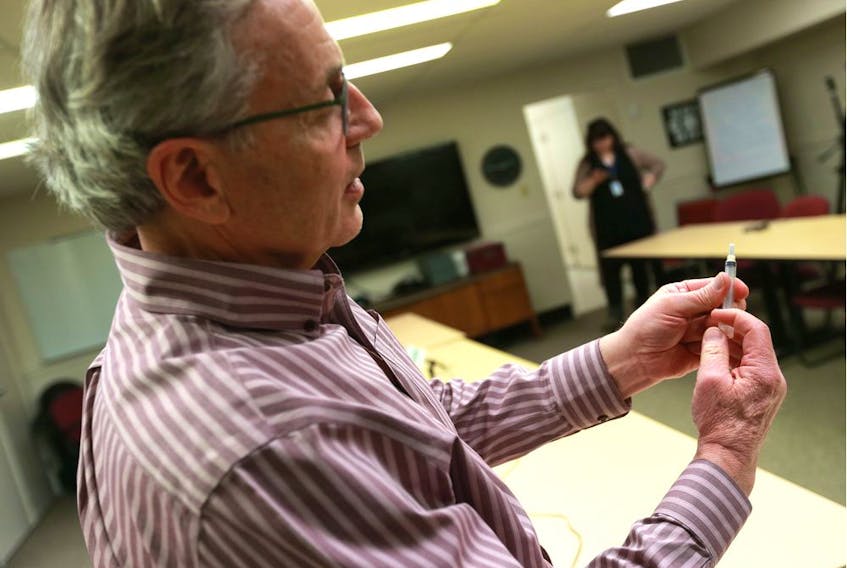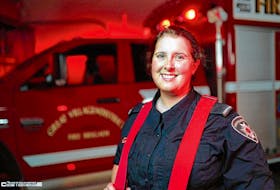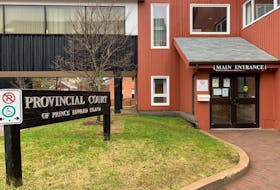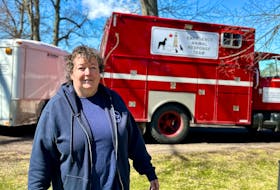REGINA, Sask. — Worries about accidental poisoning from victims of fentanyl overdoses are largely based in myth, say those who work in the area.
Suggestions that people administering First Aid can be poisoned simply by touching an overdosing person — or even fentanyl residue — just aren’t true, says Dr. Peter Butt, who specializes in substance use disorders and frequently works with users of fentanyl and other opioids in Saskatoon.
“You’d have to be ingesting the powder in one form or another …,” said Butt. “Just skin contact wouldn’t be sufficient, wouldn’t absorb enough to actually cause (overdose) unless you’re dealing with pure product.”
Ian Fitzpatrick, national co-ordinator of regulatory compliance for First Aid and water safety with the Canadian Red Cross — who also works as a part-time paramedic with the British Columbia Ambulance Service — agreed accidental poisoning from contact is not a common occurrence.
“I was just back in Montreal for our scientific advisory council meetings, and one of the topics that was being researched was around the opiate stuff and what effect does that have on us,” he said. “So they have kind of demystified that myth and basically said that’s what it really is is just a myth.”
Butt and Fitzpatrick said there are instances in which there can be risks, such as when fentanyl powder becomes airborne or if an overdose patient in need of artificial respiration has powder around his or her mouth and nose. But they added those types of scenarios are rare.
“Of all the opiate overdoses I’ve seen, I’ve never seen anybody with powder around their face,” Fitzpatrick said.
Both men said while accidental ingestion or inhalation is exceedingly uncommon, there are steps a member of the public can safely take if they encounter someone suffering from a suspected opioid overdose. The first is, obviously, to call 9-1-1.
Butt said if the person has access to a naloxone kit, they should follow its instructions and administer it immediately, before the patient begins to suffer from respiratory or cardiac distress. If CPR becomes necessary, Butt said chest compressions should be performed.
“Even if they were doing that, then they would be helping,” he said.
Fitzpatrick said it’s come to be expected few members of the public will be comfortable performing mouth-to-mouth on a stranger unless they have a barrier device and know how to use it. While he said use of artificial respiration is the “gold standard” — particularly because opioid overdose attacks the respiratory centre first — the Red Cross trains people to at least do chest compressions.
“We as a national training agency have said if somebody doesn’t feel comfortable doing rescue breaths, then do chest compressions,” he said. “And that’s no different from anybody that’s in cardiac arrest, no matter what the cause is … It really is around the airway/breathing/circulation and so if you keep those things in mind and use proper protective measures, then it’s really going to be no different than treating somebody else that has some different medical condition.”
Signs of a fentanyl or other opioid overdose can include weak breathing, drowsiness, cold/clammy skin, pinpoint pupils, collapse and coma. Those who see someone displaying these symptoms should call 9-1-1 immediately.
Copyright Postmedia Network Inc., 2019









